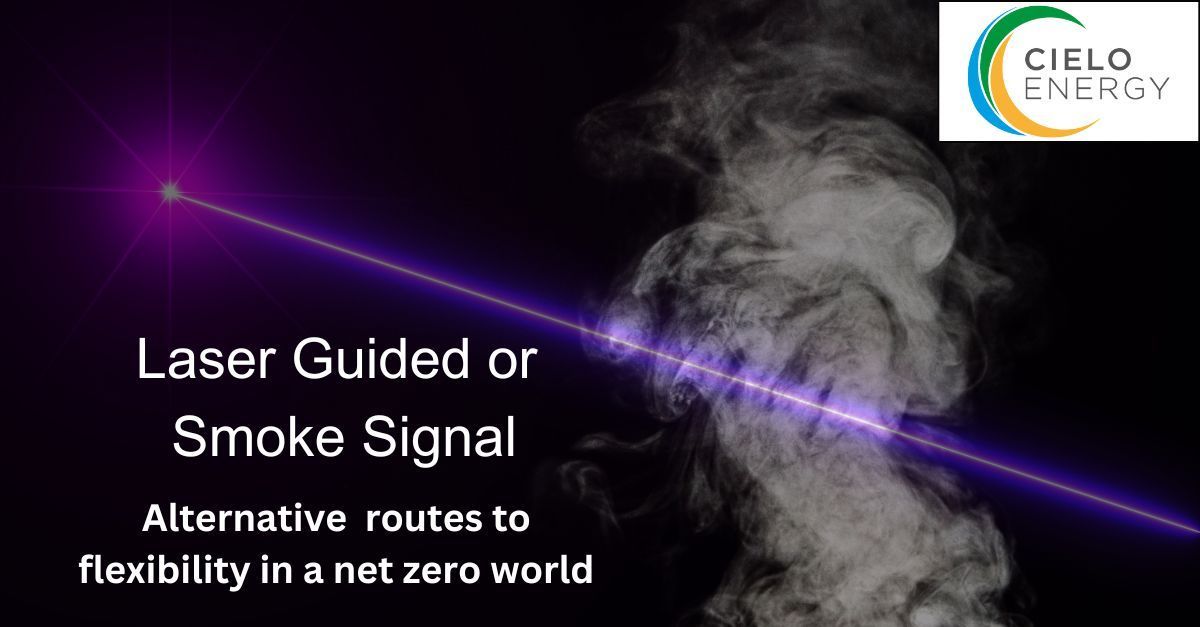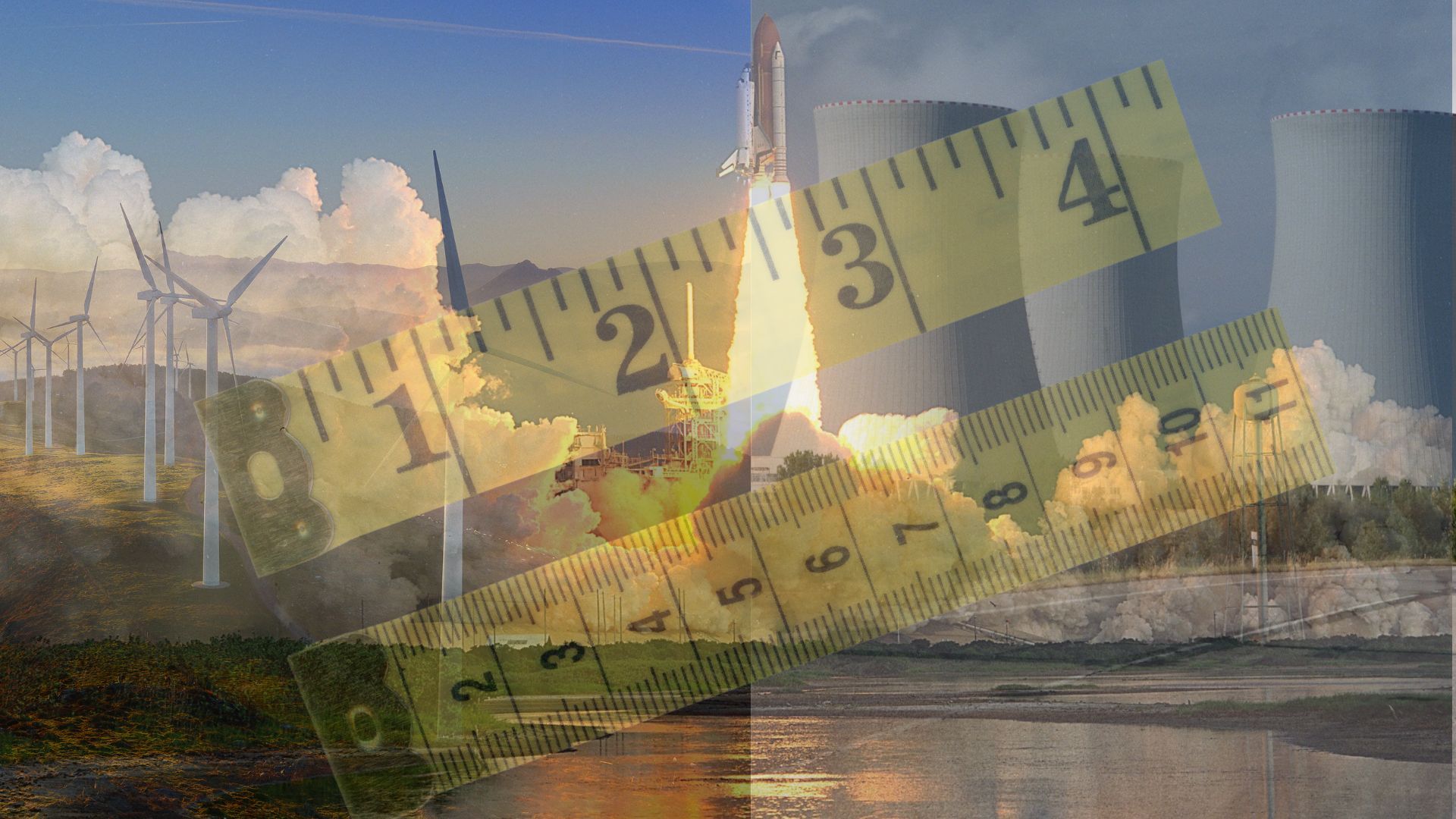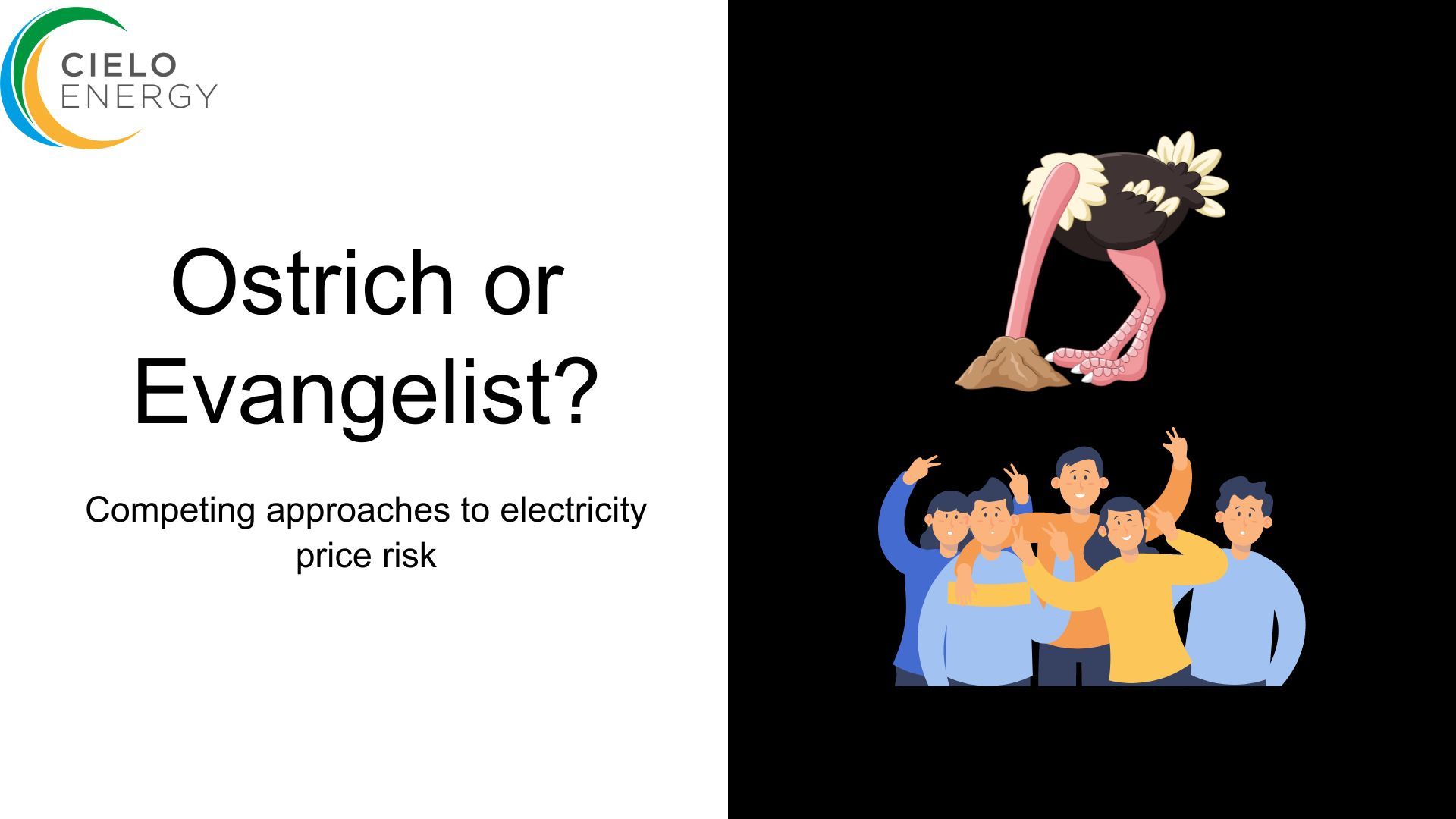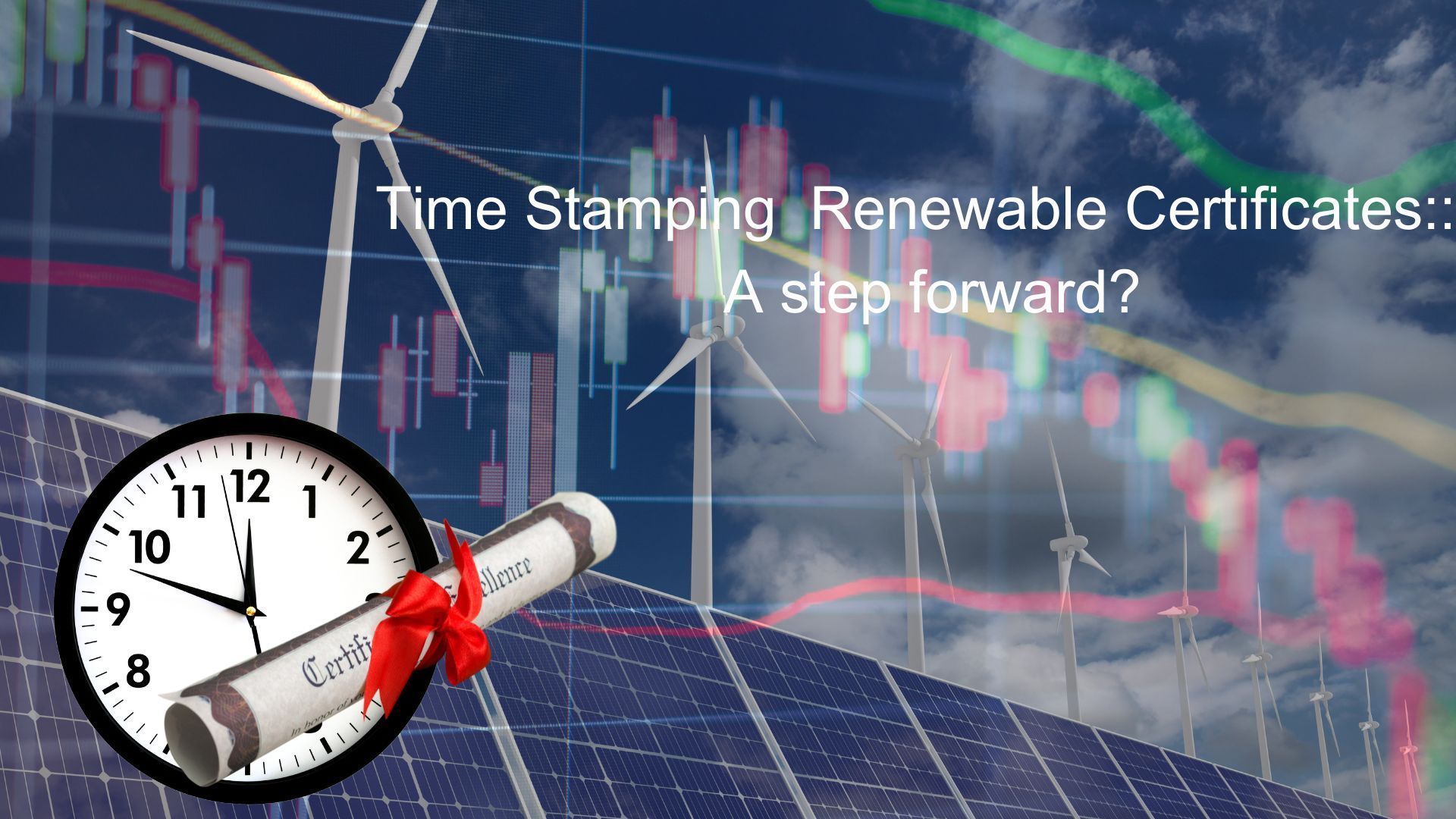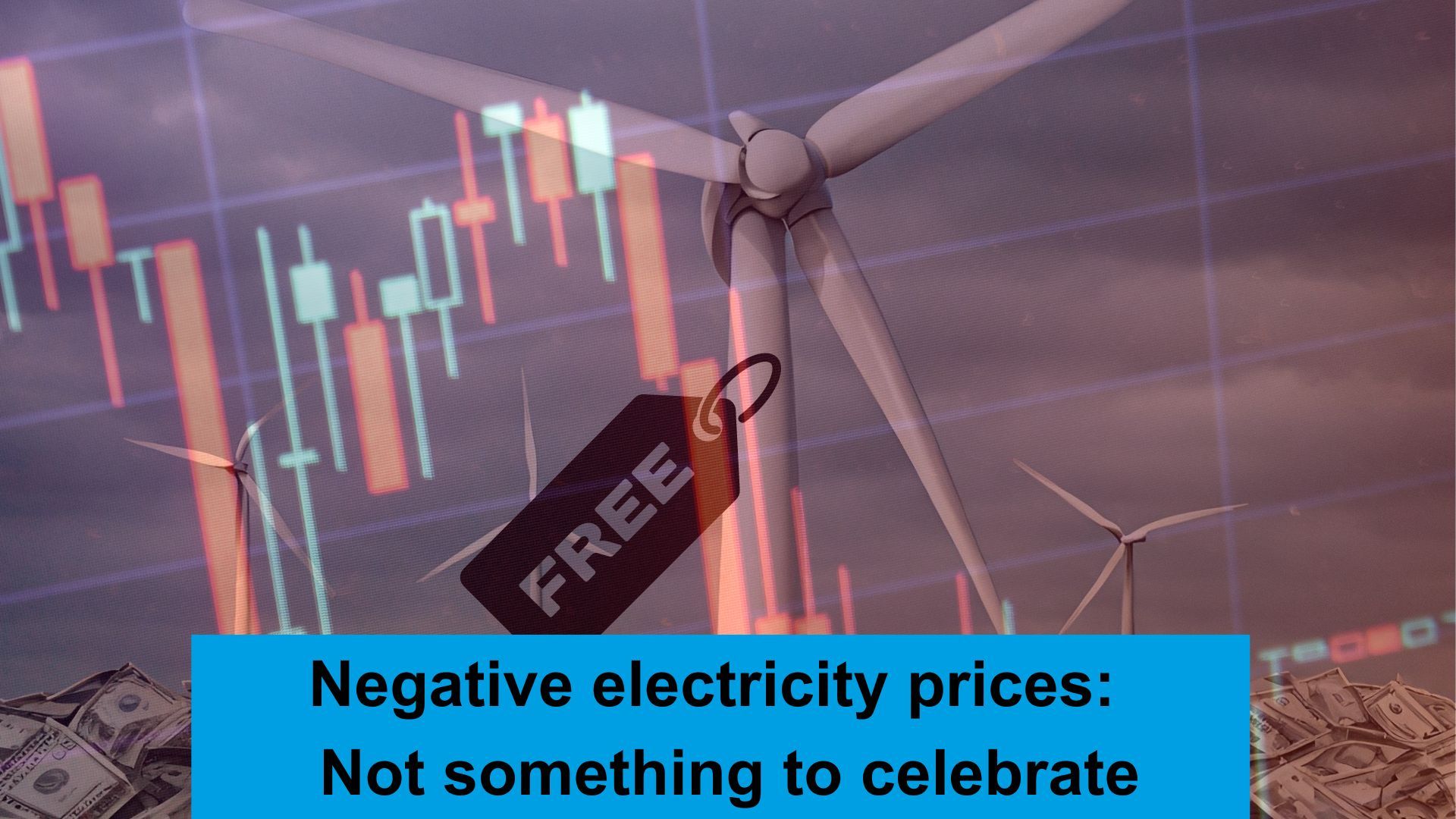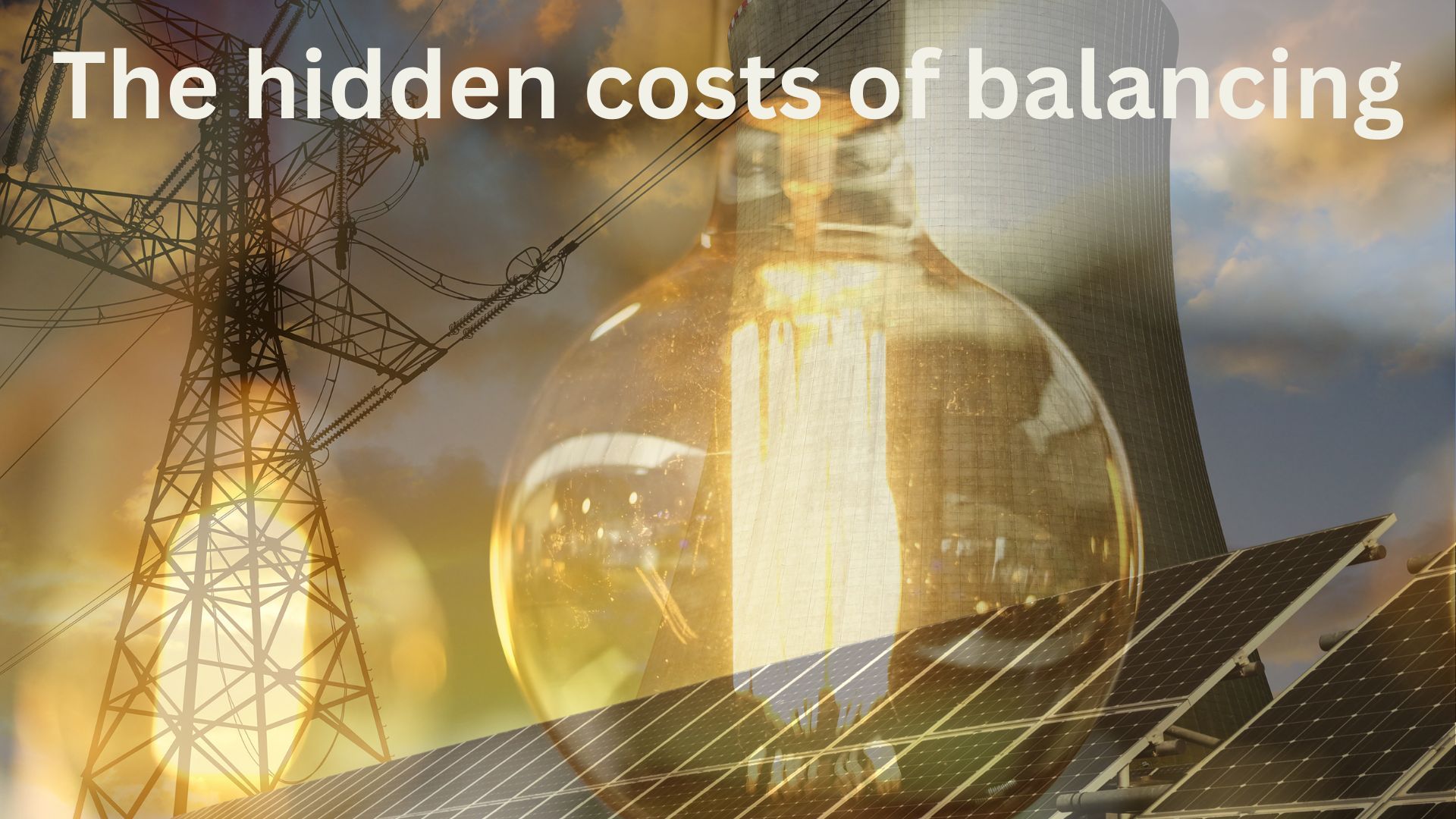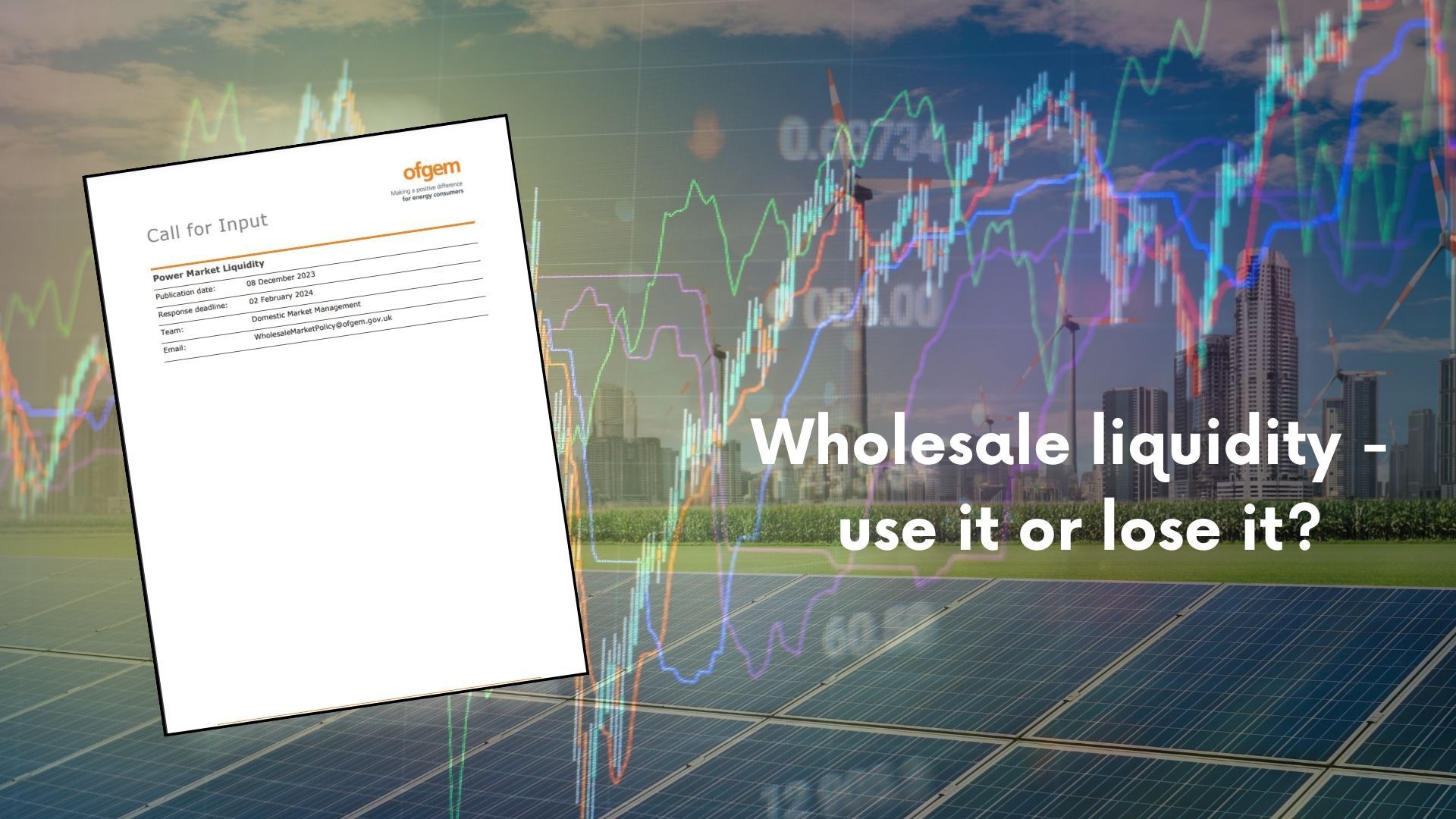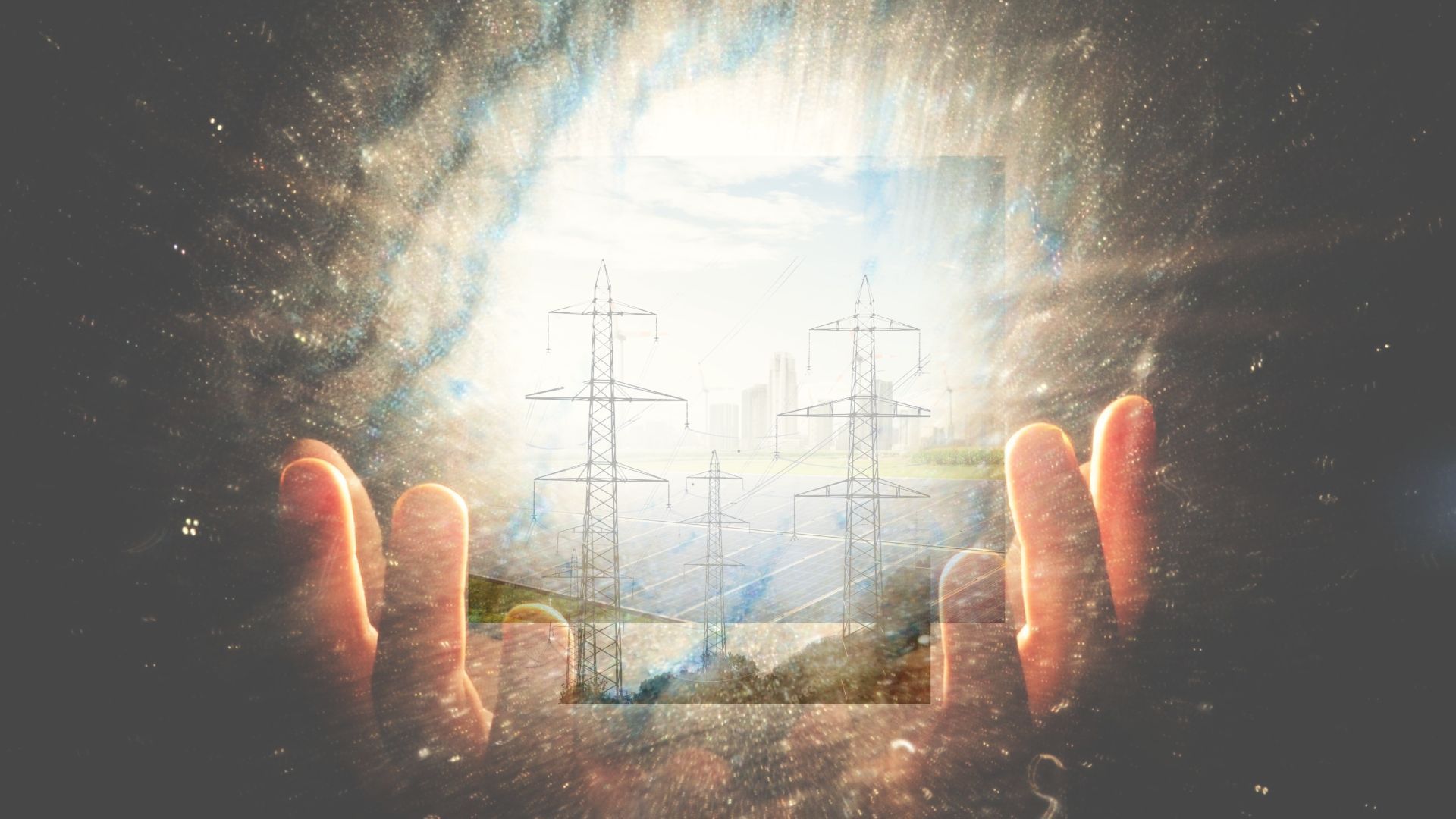Beyond politics: making the sums add up
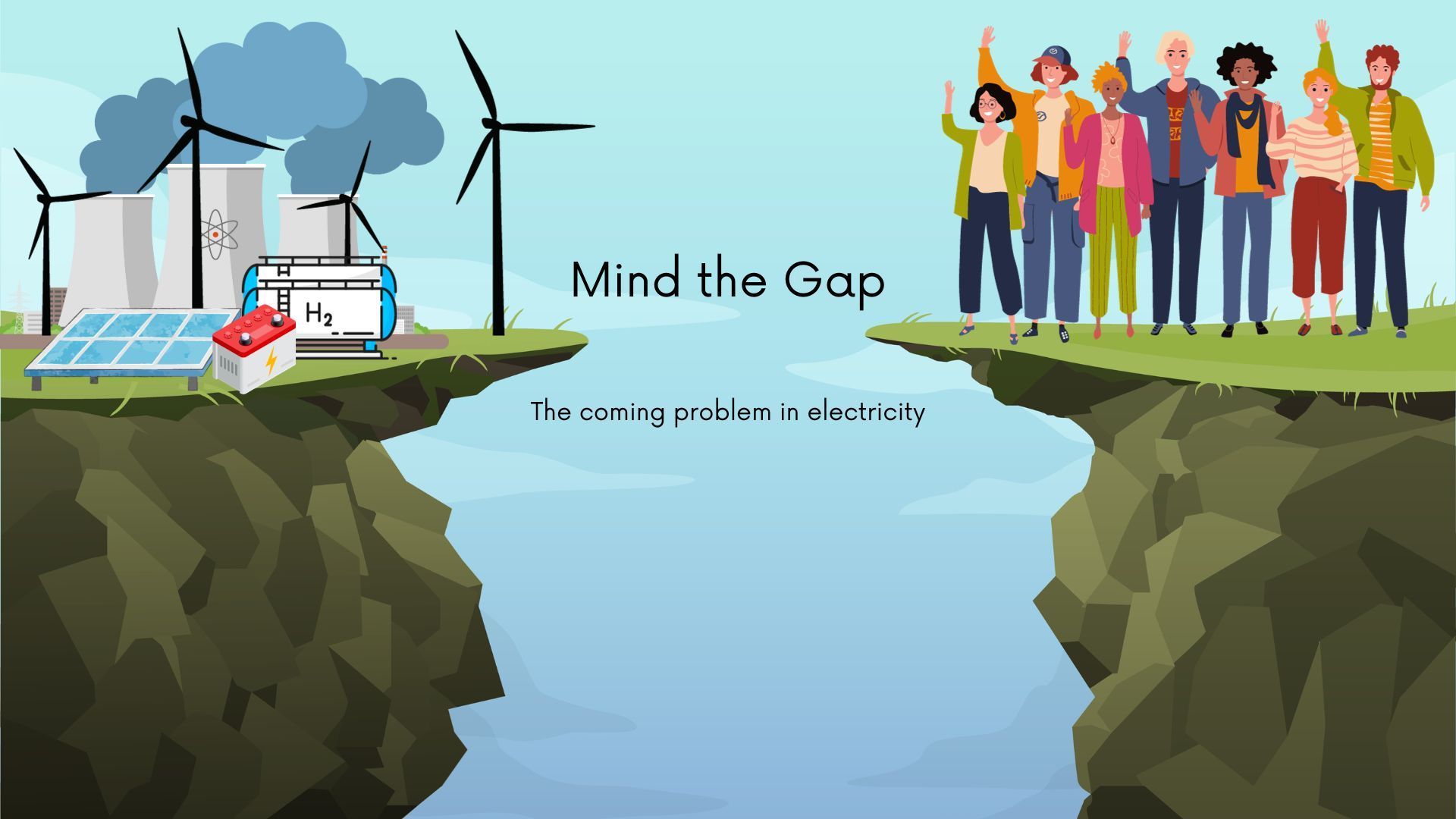
The electricity system has a large gap in the middle of it that is almost never talked about – and it has nothing to do with the current political shenanigans.
No matter how it is done, building the infrastructure necessary for net zero is hugely capital intensive:
so how should it be paid for?
In stark contrast to the historic electricity system where the major cost was the fuel that was burnt across the lifetime of the generation asset; wind and solar farms, nuclear power stations, battery storage, transmission and distribution networks are all hugely capital-intensive up front with relatively low operating costs.
All things being equal, this would significantly change the financial profile of the whole industry, leading to higher fixed costs, and lower volatility in production costs. Very low / negative short term energy costs are already common.
However, at the same time, the regulatory and political landscape is shifting to try and make electricity market prices more volatile to incentivise flexible consumption patterns.
Consuming more when low carbon generation is higher (and short-term prices excluding capex recovery are lower) is the favoured solution... with greater short term price volatility, and dynamic time of use tariffs the favoured approach.
Additionally fixed standing charges are politically unpopular.
Government and the regulator are making disjointed changes, some to increase price volatility, some to reduce it.
Increasing volatility
- The cost of being out of balance is more volatile as the calculation now looks at the marginal MW, rather than being smeared over a large volume.
- Under its Alternative Energy Markets work – Government is actively looking at ways to make costs more volatile for end users by changing how subsidy costs are recovered.
Decreasing volatility
Meanwhile, after a decade of lobbying, the Targeted Charging Review, Ofgem implemented a number of changes to stabilise some costs and introduce fixed charges:
- Balancing costs are now fixed for 6 months at a time, in order to stablise costs for consumers and suppliers;
- Transmission costs for larger users have ceased being recovered only across peak half hours, but now are a combination of fixed and variable costs. This makes it harder to avoid cost through reducing peak consumption. Recognising the fixed infrastructure costs.
So what?
If fixed costs being paid to build assets are recovered through a variable cost per unit – the day-to-day real world costs will be very different depending on the generation operating.
If in future 40 GW plus of offshore wind is constructed and operating, the change in electricity source could easily move by 500 GWh/day.
With average transmission demand of around 30GW this could represent almost 70% of demand having a significant change in cost from one day to another.
Meaning either:
Customers may struggle to budget if costs are passed through in real time; or
Suppliers may struggle to budget and will need large cash reserves to buffer between actual costs and income from consumers. This either means collateral payment from consumers or higher costs to fund debt facilities.
Where some customers choose to take themselves off-grid to avoid costs (either because they can’t afford it, or because they are wealthy enough to invest in their own assets), fewer consumers will pay for the full infrastructure costs and the security they bring.
Who pays and how they pay needs considering as part of the debate – what has worked so far may well not work in future.
Share this on social media


